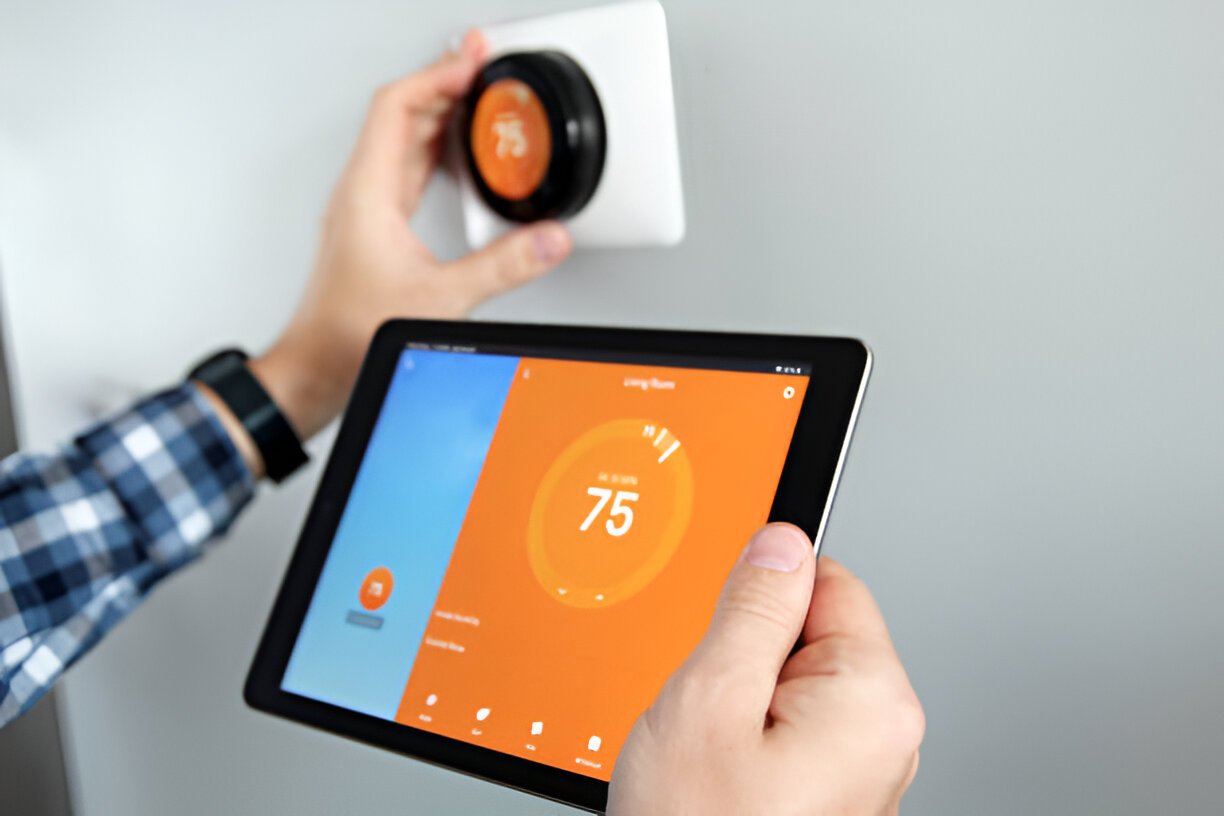Wi-Fi smart home switches are devices that let you control things like lights, fans, and even appliances from your phone or with voice commands. They connect to your WiFi-enabled home automation, so you can manage them from anywhere, whether you're at home or away. You can set them to turn on or off automatically, making your home more convenient and efficient.
According to a report, by 2030, the global market for smart switches is expected to be worth $13.85 billion as it provides convenience and accessibility.


In addition to the many benefits of smart home switches, here are the key features that bring accessibility and comfort.
Top 7 Wi-Fi Smart Switches Benefits for Accessibility

1. Ease of Use
Wi-Fi smart switches can be controlled through smartphone apps or by using voice commands. This means you don’t have to struggle with physically flipping switches, which can be difficult for people with limited mobility. With just a tap on your phone or a voice command, you can turn lights on or off or control other devices.2. Customizable Controls
Smart switches come with adjustable settings and programmable schedules that can be customized to fit individual needs. For example, you can set the lights to automatically turn on at a specific time each day or adjust brightness levels to suit your preferences. This customization helps make everyday tasks easier and more manageable.3. Remote Operation
One of the greatest benefits of smart switches is that they allow you to control your home’s devices from anywhere. If you have difficulty reaching traditional switches, you can simply use your phone or a voice assistant to operate them, even if you’re in another room or not at home.4. Integration with Other Assistive Devices
Smart switches can work seamlessly with other assistive technologies, such as voice assistants (like Alexa or Siri) and adaptive devices. This integration enhances the overall accessibility of your home, making it easier to manage multiple aspects of your living space with minimal effort.5. Hands-Free Operation
With voice control or motion sensors, users can operate switches without needing to use their hands. This is beneficial for individuals with severe mobility issues or those who use wheelchairs.6. Adjustable Sensitivity
Many smart switches offer adjustable sensitivity settings for touch or motion activation. This allows users to set the switch to respond only to the amount of pressure or movement that is comfortable and manageable for them.7. Remote Assistance
For caregivers or family members, smart switches can be monitored and controlled remotely. This feature allows them to assist with managing the home environment without needing to be physically present, providing added support for those with accessibility needs.3 Key Features for Accessibility

In addition to the many benefits of smart home switches, here are the key features that bring accessibility and comfort.
1. Voice Control Compatibility
Look for smart switches that are compatible with popular voice assistants. This feature allows you to control your switches using your voice, which can be super helpful for those who have difficulty using their hands or arms.2. App Accessibility
The smartphone app used to control smart switches should be easy to use and navigate. It should offer clear options for setting schedules, adjusting settings, and controlling devices, ensuring that users with varying abilities can use it comfortably.3. Customizable Settings
Choose smart switches that offer a range of customizable settings. This way, you can adjust the controls to fit your specific requirements and preferences, such as setting up routines or modifying device behavior based on your daily schedule.5 Major Types of Smart Switches for Home Convenience and Accessibility



